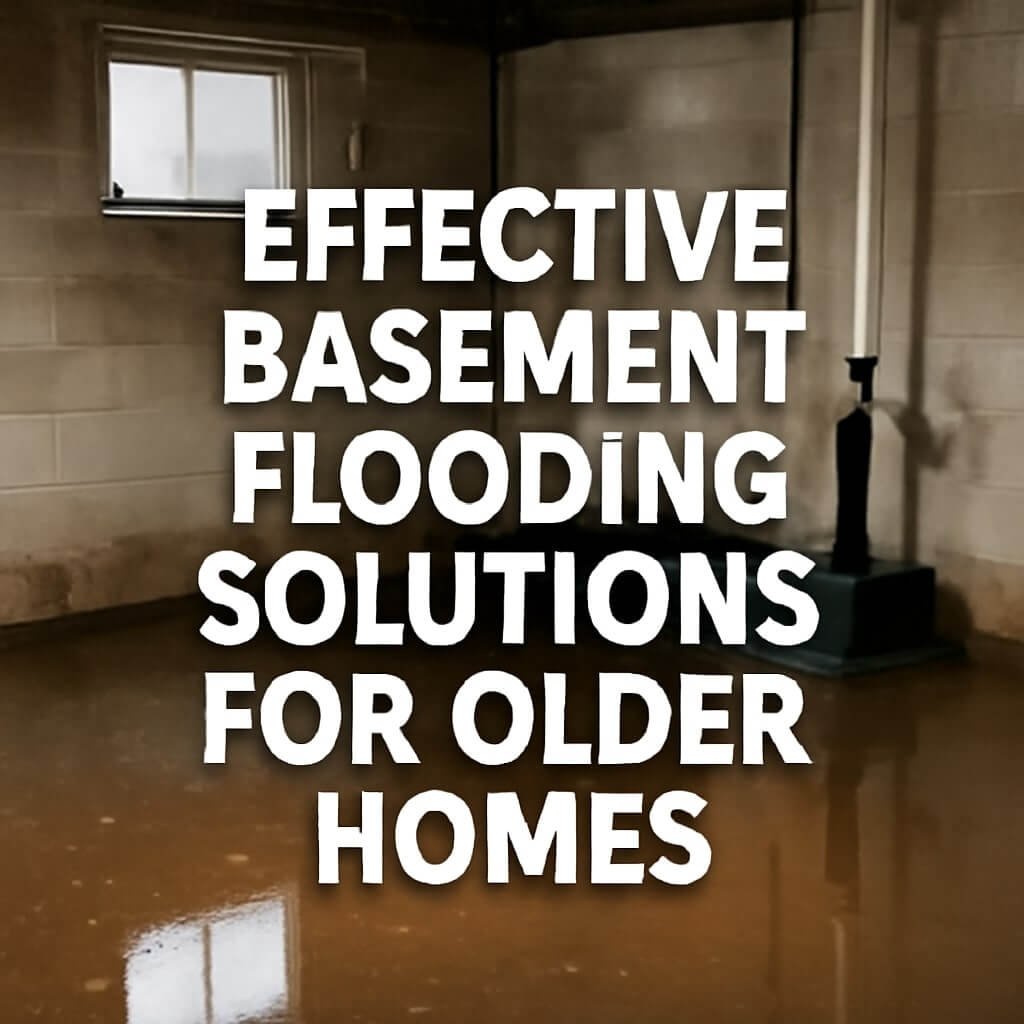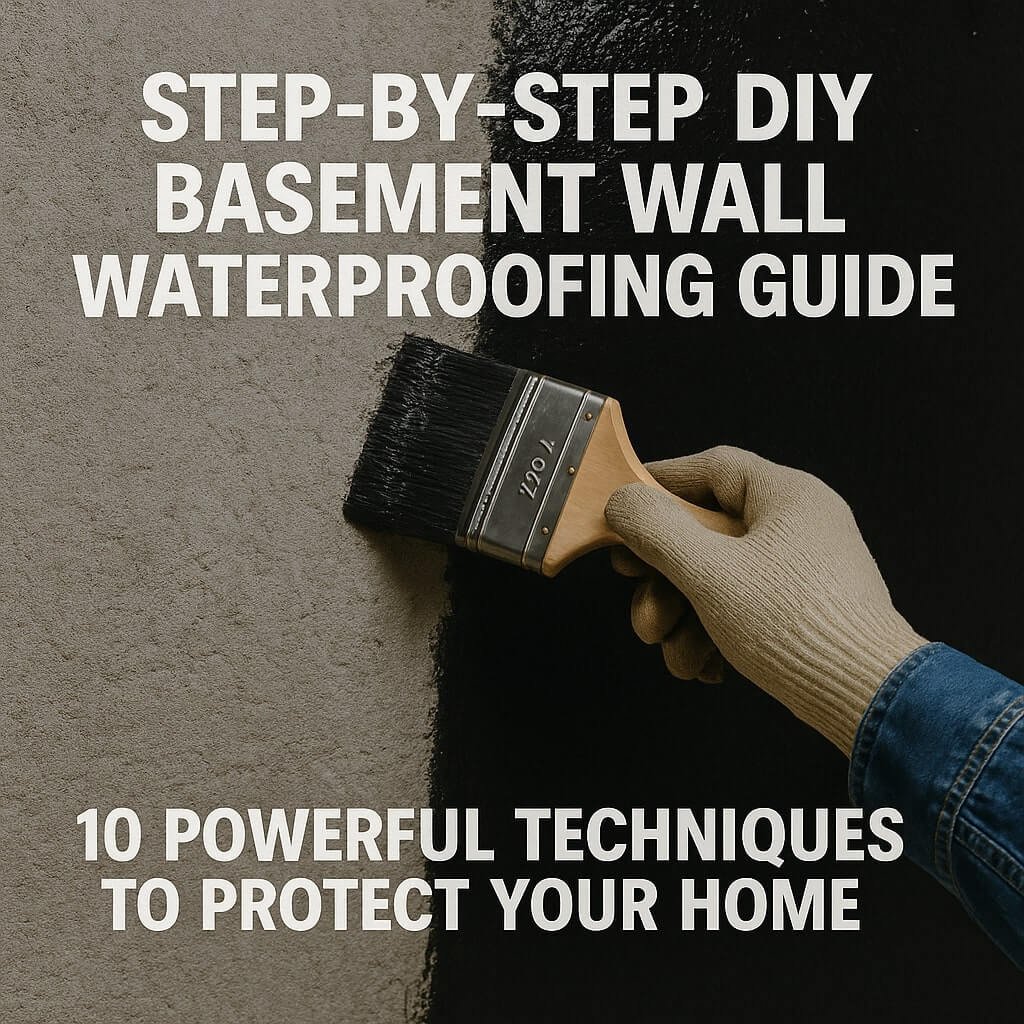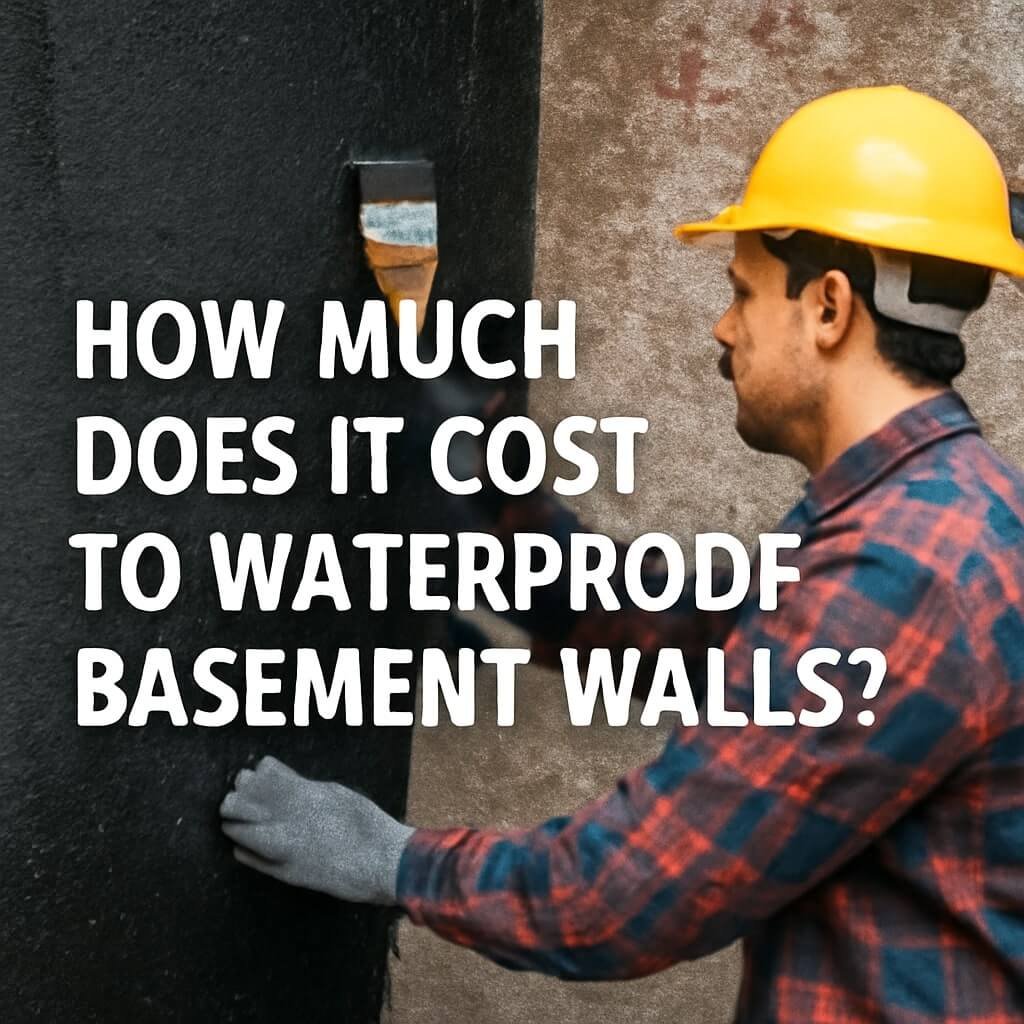Basement flooding is a common and costly issue for homeowners, especially those living in older homes. Unlike newer constructions, older houses often face unique challenges that increase the risk of water infiltration and damage. The problem stems from factors like aging infrastructure, deteriorating foundations, and outdated drainage systems. Understanding these factors is the first step toward implementing effective basement flooding solutions for older homes.
Common Causes of Basement Flooding in Older Homes

Older homes typically face flooding problems due to a mix of aging and environmental factors. Here are some of the primary causes:
- Foundation Cracks and Settling: Over time, foundations in older homes can develop cracks due to soil movement or settling, allowing water to seep in.
- Poor Drainage Systems: Many older properties were built before modern drainage standards, so gutters, downspouts, and exterior grading may not effectively direct water away.
- Outdated Plumbing: Aging plumbing and sewer lines can leak or back up, contributing to basement flooding.
- Inadequate Waterproofing: Many older homes lack the waterproof membranes or coatings used in modern basements.
- High Water Table or Local Flooding: If the property is in a low-lying area or near a water body, the basement is naturally at higher risk.
The Impact of Basement Flooding on Older Homes
The consequences of basement flooding can be severe:
- Structural Damage: Persistent water intrusion weakens foundation walls, floors, and support beams.
- Mold and Mildew Growth: Moist environments promote mold, which can affect indoor air quality and health.
- Loss of Property: Flooding can damage stored items, appliances, and finishes.
- Decreased Home Value: Flood issues reduce a home’s market appeal and resale value.
Being aware of these risks highlights why proactive basement flooding solutions for older homes are crucial.
Assessing Your Basement’s Flood Risk
Before implementing solutions, it’s important to evaluate how vulnerable your basement is to flooding. This helps prioritize fixes and allocate budget effectively.
Signs Your Basement Is Prone to Flooding
Look out for these warning signs:
- Water stains or efflorescence (white mineral deposits) on walls
- Musty odors or visible mold growth
- Wet floors after rainstorms
- Seepage around windows or doorways
- Cracks or gaps in foundation walls
- Sump pump cycling frequently or failing
Professional Inspection vs. DIY Assessment
Homeowners can perform basic checks, but a professional inspection offers a thorough evaluation. Experts use moisture meters, camera inspections, and soil analysis to identify hidden risks and recommend tailored solutions. For older homes, professional advice often proves invaluable due to complex, underlying issues.
Top 15 Basement Flooding Solutions for Older Homes
Now, let’s dive into the most effective basement flooding solutions for older homes. These methods address both interior and exterior vulnerabilities to keep your basement dry and secure.
1. Install a Sump Pump with Battery Backup
A sump pump is a homeowner’s frontline defense against basement flooding. It pumps out water accumulating in a sump pit, preventing standing water in the basement. For older homes, installing a sump pump with a battery backup is vital to ensure operation during power outages often accompanying storms.
2. Apply Interior Drainage Systems
Interior drainage systems capture water seeping through foundation walls and direct it to the sump pump. This solution can be especially effective where exterior excavation is not feasible, common in older homes with landscaping or structural constraints.
3. Seal Cracks and Gaps
Water can enter through even the smallest foundation cracks or gaps around windows and pipes. Using hydraulic cement, polyurethane sealants, or epoxy injections to seal these openings helps prevent infiltration.
4. Improve Exterior Grading
Exterior grading should slope away from the foundation at least 6 inches over 10 feet. In older homes, regrading the yard or adding soil berms redirects rainwater, reducing pressure on foundation walls.
5. Clean and Maintain Gutters and Downspouts
Clogged gutters cause water overflow near the foundation. Regular cleaning ensures water flows away correctly. Adding downspout extensions can further direct runoff at a safe distance.
6. Install Exterior Drainage Systems
French drains or surface drains installed around the foundation collect and channel water away. These systems are highly effective for older homes where natural drainage is insufficient.
7. Waterproof Basement Walls
Applying waterproof coatings or membranes on the exterior foundation walls blocks moisture penetration. Some products also include vapor barriers to reduce indoor humidity.
8. Use Dehumidifiers to Control Moisture
Basements in older homes often suffer from high humidity. Running a quality dehumidifier maintains indoor moisture at safe levels, inhibiting mold growth and reducing condensation.
9. Install Window Well Covers
Basement windows are vulnerable entry points for water. Installing clear, durable window well covers keeps rainwater out while allowing natural light in.
10. Upgrade Plumbing and Sewer Lines
Replacing old or damaged pipes prevents leaks and sewer backups, common flooding sources in aging homes. Consider installing backwater valves to stop sewage from flowing back into the basement.
11. Implement Landscaping Solutions
Strategically placed plants, rain gardens, and permeable paving can absorb and divert rainwater. Such landscaping solutions complement other drainage efforts by reducing surface runoff.
12. Use Flood Barriers and Shields
Portable flood barriers and permanent shields can protect basement entrances and critical areas during heavy rain or flash floods, providing an extra defense layer.
13. Install Backwater Valves
Backwater valves are installed in sewer lines to prevent sewage backups during heavy rainfall or sewer system overload, a common issue in older neighborhoods.
14. Regular Maintenance and Monitoring
Routine inspections and maintenance of all drainage, plumbing, and waterproofing systems ensure early detection and prevention of flood risks.
15. Develop an Emergency Flood Response Plan
Having a clear action plan helps mitigate damage when flooding occurs. This includes shutting off power and water, moving valuables, and knowing emergency contacts.
Cost Considerations and Budgeting for Flood Prevention

The cost of flood prevention solutions varies widely. Simple fixes like sealing cracks or cleaning gutters can be low-cost, while installing sump pumps, exterior drains, or landscaping changes require a bigger investment. Prioritize based on risk and budget—sometimes, combining smaller measures can deliver effective protection. For significant projects, consider obtaining multiple quotes and check for local grants or rebates that may offset costs.
Benefits of Flood Prevention Solutions for Older Homes
Investing in basement flooding solutions offers several benefits:
- Protects structural integrity from water damage
- Prevents costly mold remediation
- Safeguards possessions and home finishes
- Increases property value and marketability
- Improves indoor air quality and health
- Provides peace of mind during storms
For older homes, these solutions not only address immediate issues but also preserve the home’s longevity and comfort.
Frequently Asked Questions (FAQs)
How often should I inspect my basement for flood risks?
Can I install these solutions myself or should I hire a pro?
How effective are sump pumps for older homes?
Are there any grants or financial aid for flood-proofing?
What are the signs of mold growth after flooding?
How to maintain gutters to prevent basement flooding?
Conclusion: Protecting Your Older Home from Basement Flooding
Basement flooding can pose serious threats to older homes, but with the right knowledge and proactive measures, it’s a challenge you can overcome. By assessing risks and implementing these 15 effective basement flooding solutions for older homes, you’ll not only protect your property but also enhance its value and your peace of mind. Don’t wait until water shows up—start safeguarding your home today.



